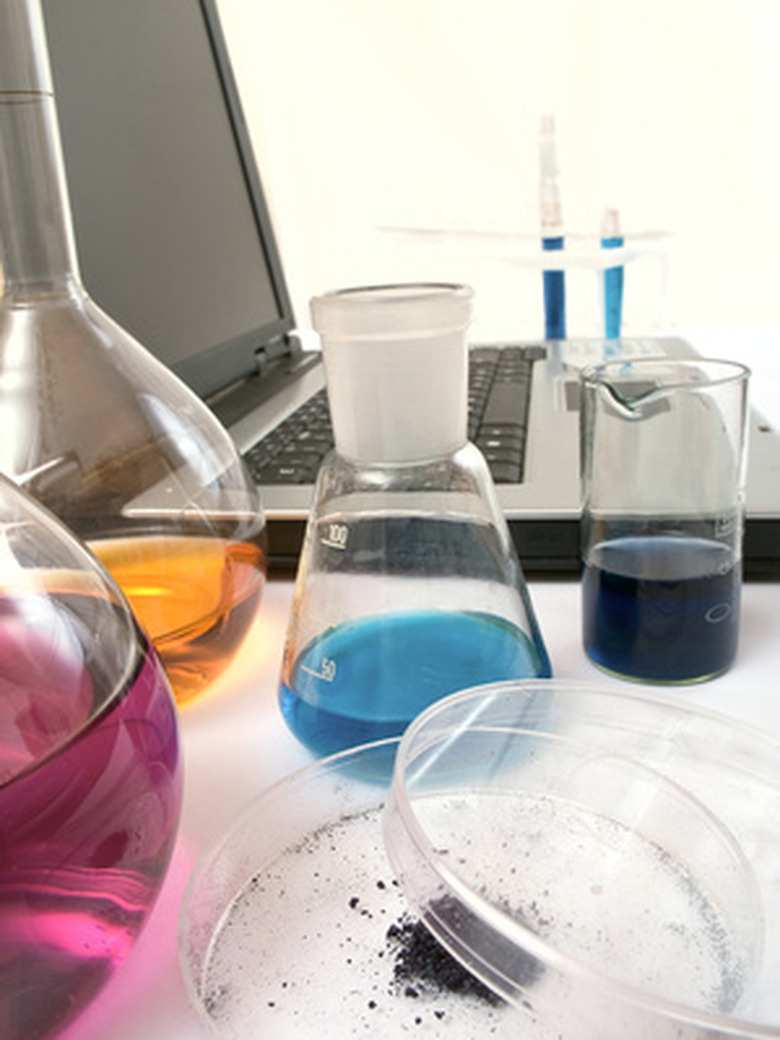What Is The Chemical MDI?
Methylene diphenyl isocyanate (MDI) is a chemical used primarily to manufacture polyurethane foam used in a variety of products and industrial applications. Particle board, a big part of new-home construction, is manufactured using adhesives from MDI. Because MDI is a dangerous threat if inhaled, the chemical is highly regulated in the workplace.
MDI
MDI
Methylene diphenyl isocyanate belongs to a family of isocyanate-based chemicals and accounts for 94 percent of the U.S. isocyanate production. At room temperature MDI is a solid, but it is used in a molten form for manufacturing. Production begins with the condensation of aniline and formaldehyde, which forms iphenylmethane diamine. Phosgenation is added to produce MDI.
Uses
Uses
MDI is an intermediary in the manufacture of urethane-based materials such as polyurethane rigid foam–which account for 53 percent of MDI use–as well as flexible foam, binders, elastomers, adhesives, sealants, surface coatings, and fibers. Rigid polyurethane foam is used as an insulating and cushioning material in construction, appliances, packaging, and transportation. MDI-produced polyurethane is also used for binding wood chips and flakes together to make particle board.
Where It’s Made
Where It's Made
More than 80 percent of the worldwide production of MDI takes place at ARCO Chemical, BASF Corporation, Bayer Corporation, Dow Chemical, Geismar, and ICI–the only producers of MDI in the United States. Dow, a major world producer of MDI, also currently has facilities in Yeosu, South Korea, Yokkaichi/Kinu Ura, Japan, Stade, Germany, Delfzijl, the Netherlands, and Estarreja, Portugal.
Workplace Hazards
Workplace Hazards
Workplaces are the primary source of MDI exposure through the inhalation of vapors and skin contact. Under federal regulations, all facilities using MDI must minimize worker exposure by using MDI in closed systems and operate exhaust ventilation. Because both formaldehyde (a probable human carcinogen and potential reproductive hazard) and phosgene (a lethal gas at very low concentrations) are considered high-hazard chemicals, manufacturers are required to monitor operations continuously with a variety of alarm and shutdown systems.
Health Risks
Health Risks
MDI is toxic if breathed in and can cause coughing, wheezing, chest tightness, or shortness of breath. The chemical is immediately dangerous at concentrations of 7.5 parts per million (ppm), and the current government permissible exposure limit for MDI is 0.02 ppm. When MDI comes into contact with skin, it can be very irritating and cause a rash. Chronic, long-term exposure to MDI has been shown to cause asthma, dyspnea, and other respiratory problems in workers. The EPA has classified MDI as a Group D, not classifiable as to human carcinogenicity.
Cite This Article
MLA
Barber, David. "What Is The Chemical MDI?" sciencing.com, https://www.sciencing.com/about-6750428-chemical-mdi-/. 9 January 2018.
APA
Barber, David. (2018, January 9). What Is The Chemical MDI?. sciencing.com. Retrieved from https://www.sciencing.com/about-6750428-chemical-mdi-/
Chicago
Barber, David. What Is The Chemical MDI? last modified August 30, 2022. https://www.sciencing.com/about-6750428-chemical-mdi-/
